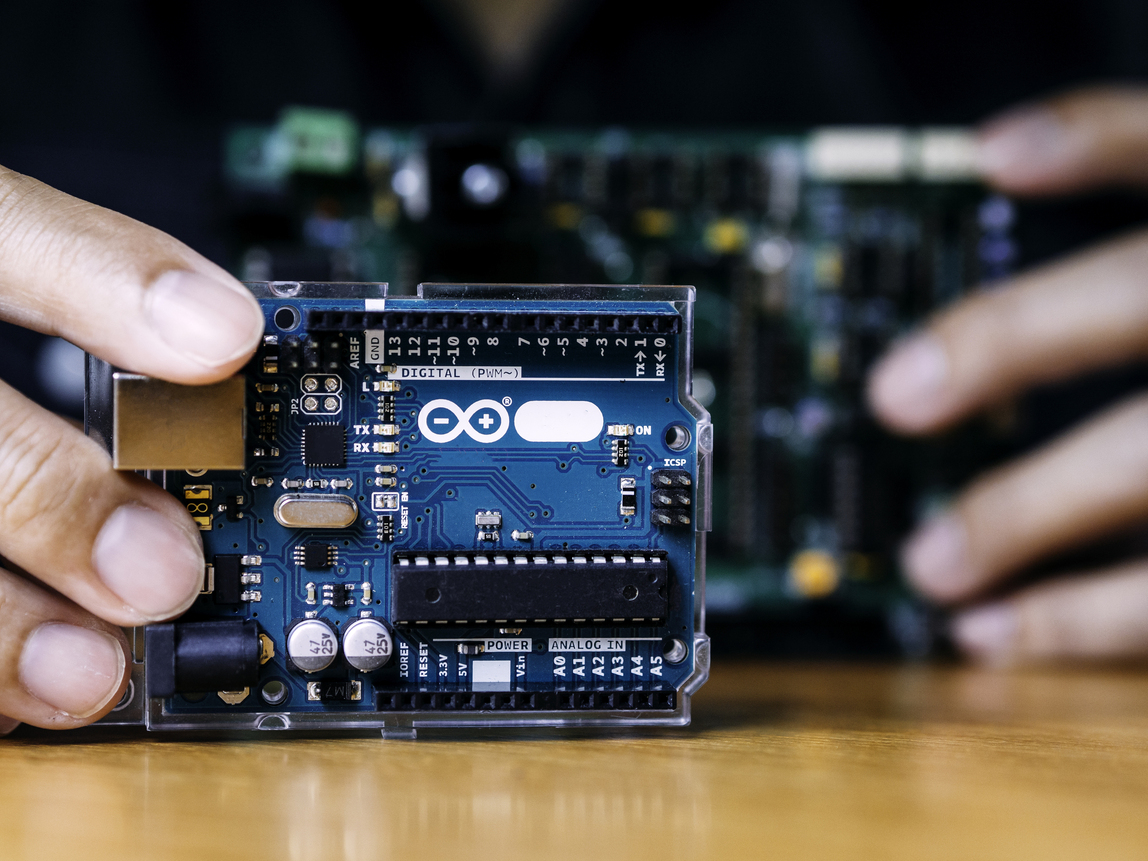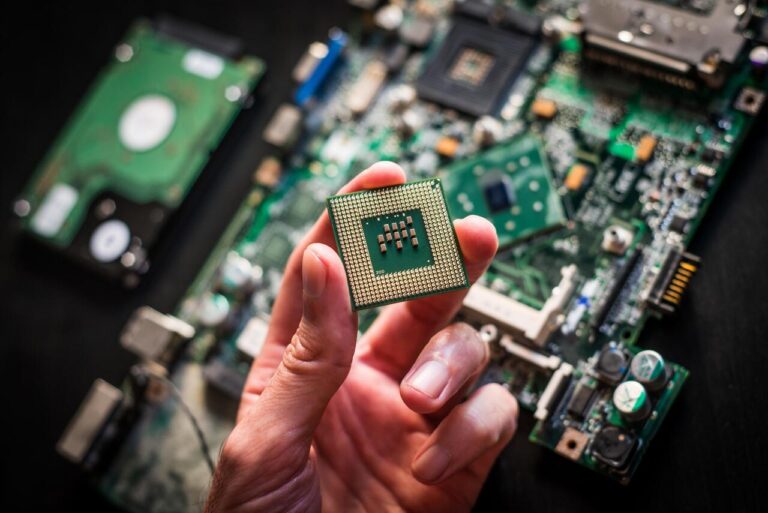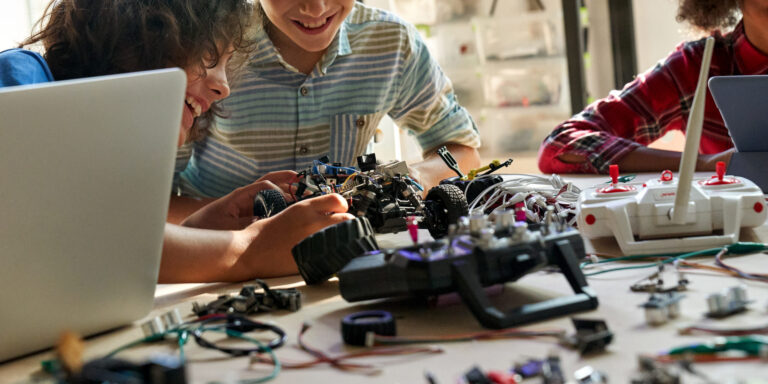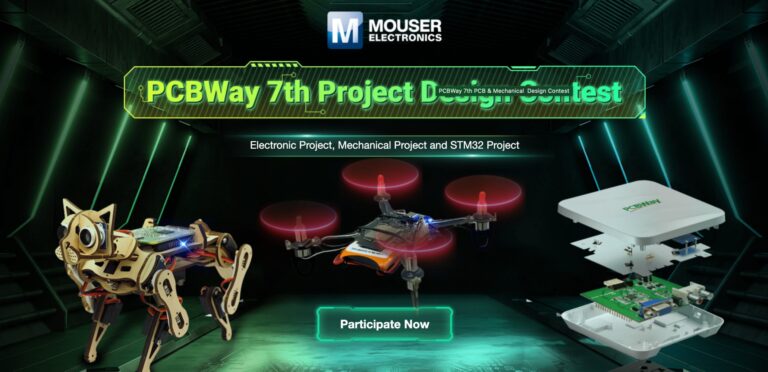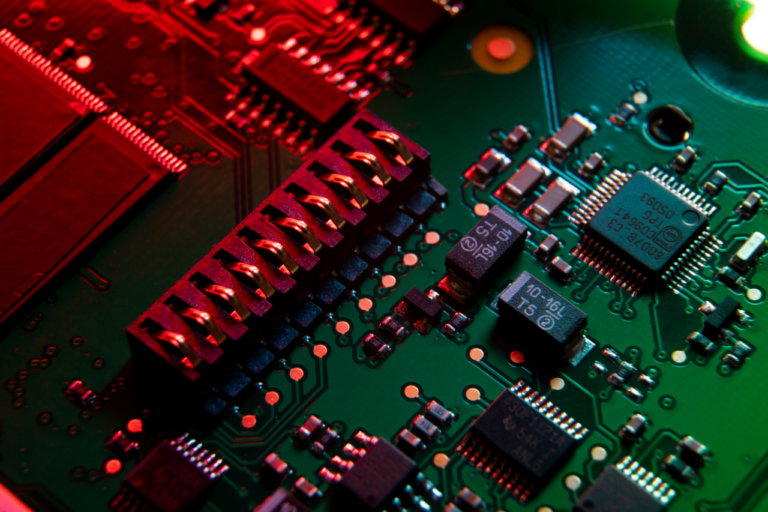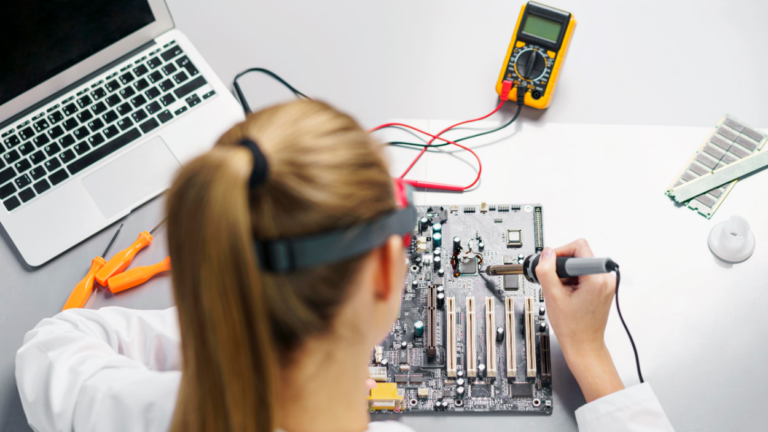Energy-Efficient Embedded Systems: Techniques for Low Power and Optimized Communication
Introduction
Power optimization is one of the most critical aspects of embedded system design, especially in battery-powered applications such as IoT devices, wearable technology, and remote monitoring systems. Efficient power management ensures that these systems operate for extended periods without frequent battery replacements, enhancing reliability and reducing maintenance costs.

To achieve optimal power efficiency, embedded systems employ three fundamental strategies:
Low-power microcontroller (MCU) techniques – Using sleep modes, low-power MCUs, and optimized coding practices.
Real-Time Operating Systems (RTOS) – Leveraging task scheduling, tickless idle mode, and peripheral management to reduce energy consumption.
Efficient sensor communication – Selecting appropriate protocols such as I2C, SPI, and UART to minimize power usage.
This article explores these techniques in depth and explains how to integrate them effectively into embedded system design.
1. Low-Power Techniques in Embedded Systems
Embedded systems typically run on microcontrollers, and optimizing their power consumption is the first step in designing an energy-efficient system. This can be achieved through sleep modes, power-efficient MCUs, and optimized software design.
Utilizing Sleep Modes for Power Management
Most modern MCUs provide multiple low-power states that significantly reduce energy consumption when the system is idle. The primary modes include:
- Idle Mode: The CPU stops executing instructions, but peripherals remain active.
- Sleep Mode: The system disables the CPU and unnecessary peripherals while retaining essential functions.
- Deep Sleep Mode: Most peripherals are turned off, with only specific wake-up sources enabled (e.g., interrupts, timers).
- Hibernate Mode: The lowest power state where the entire system is powered down except for a minimal wake-up circuit.
For example, an IoT temperature sensor deployed in a smart home can remain in deep sleep mode for most of the time, waking up every 10 minutes to read and transmit temperature data. This drastically reduces power consumption compared to keeping the system always on.
Selecting Low-Power Microcontrollers
Choosing the right MCU is crucial for minimizing power usage. Some of the best low-power MCUs include:
- ATmega328P (Arduino Uno): Features sleep modes and clock speed scaling.
- ESP32-S3: Offers deep sleep capabilities with ultra-low power consumption.
- STM32L Series: Specifically designed for low-power applications, supporting multiple power-saving states.
When selecting an MCU, designers must consider factors such as active power consumption, sleep power consumption, and available power-saving features.
Efficient Coding Practices for Power Optimization
Software design plays a critical role in power efficiency. Several best practices can be followed to minimize unnecessary CPU usage:
- Reduce CPU Usage: Avoid polling loops and use event-driven programming with interrupts.
- Use Direct Memory Access (DMA): Offload data transfer tasks from the CPU to peripherals.
- Optimize Clock Speeds: Lower the clock frequency when high performance is not required.
By combining these strategies, embedded systems can significantly extend battery life without compromising performance.
For example, instead of constantly checking a sensor value, an interrupt-driven approach can wake up the MCU only when new data is available:

2. How RTOS Helps Optimize Power Consumption
A Real-Time Operating System (RTOS) provides a structured way to manage tasks efficiently, ensuring that power consumption is kept to a minimum. RTOS achieves this through task scheduling, tickless idle mode, and dynamic peripheral management.
Task Scheduling for Energy Efficiency
RTOS enables efficient task scheduling using preemptive and cooperative multitasking strategies. The system prioritizes critical tasks and prevents unnecessary CPU activity by putting lower-priority tasks into sleep states.
For example, in a smart thermostat application, a temperature reading task can be scheduled every 5 minutes, while an emergency shutdown task remains on high priority:
Tickless Idle Mode to Save Power
Tickless idle mode is a feature in RTOS that stops the system clock when no tasks are running, reducing CPU activity and power consumption. When the system is idle, the RTOS automatically enters a low-power mode and resumes normal operation only when necessary.
Peripheral and Sensor Management
RTOS allows for dynamic enabling and disabling of peripherals based on system requirements. This means that peripherals such as sensors, wireless modules, and displays can be powered down when not in use, reducing overall power consumption.
By effectively managing task execution and peripheral usage, RTOS significantly improves energy efficiency in embedded systems.
For instance, in a battery-powered security camera, the camera module can remain off and only activate when motion is detected.
3. Interfacing Sensors Efficiently with MCUs
Sensor communication protocols also impact power consumption. The three most commonly used protocols in embedded systems are I2C, SPI, and UART. Each has different power efficiency characteristics.
Comparing I2C, SPI, and UART for Low-Power Systems
| Protocol | Power Consumption | Speed | Best Use Case |
| I2C | Low | Moderate | Multiple low-power sensors |
| SPI | Higher than I2C | Fast | High-speed sensors & displays |
| UART | Medium | Moderate | Serial communication with external devices |
Power-Saving Techniques for Sensor Communication
Use Interrupts Instead of Polling: Instead of constantly checking for new sensor data, configure sensors to generate an interrupt when new data is available.
- Reduce Communication Frequency: Optimize the interval at which sensor data is collected and transmitted to avoid unnecessary power usage.
- Disable Unused Peripherals: Turn off the communication module when not in use to prevent unnecessary power drain.
For example, in an environment monitoring system using I2C sensors, reducing the I2C clock speed can save power:

The Role of PCBWay in Power-Efficient Embedded Systems
PCBWay plays a crucial role in optimizing power consumption in embedded systems by providing high-quality PCB manufacturing and assembly services tailored for low-power designs. With precision fabrication, advanced material selection, and optimized PCB layout techniques, PCBWay helps engineers minimize power losses, reduce signal interference, and enhance overall system efficiency.

Their custom PCB prototyping services support the integration of power-efficient MCUs, RTOS-based designs, and optimized sensor interfaces, ensuring that embedded systems achieve maximum energy efficiency while maintaining reliability. Whether for IoT devices, wearable technology, or industrial automation, PCBWay’s expertise in PCB manufacturing enables developers to create power-optimized embedded solutions with high performance and longevity.
Conclusion
Optimizing power consumption in embedded systems requires a holistic approach that combines multiple strategies. By leveraging low-power MCU features, utilizing RTOS for efficient task management, and selecting the right sensor communication protocols, embedded systems can achieve significant energy savings.
The integration of these techniques ensures that battery-powered devices such as IoT sensors, portable medical devices, and industrial monitoring systems operate efficiently while maximizing battery life. As technology advances, power optimization will continue to be a key focus in embedded system design, driving innovation in energy-efficient electronics.
By implementing these best practices, engineers can build more sustainable and power-efficient embedded systems, ensuring long-term reliability and performance in a wide range of applications.
